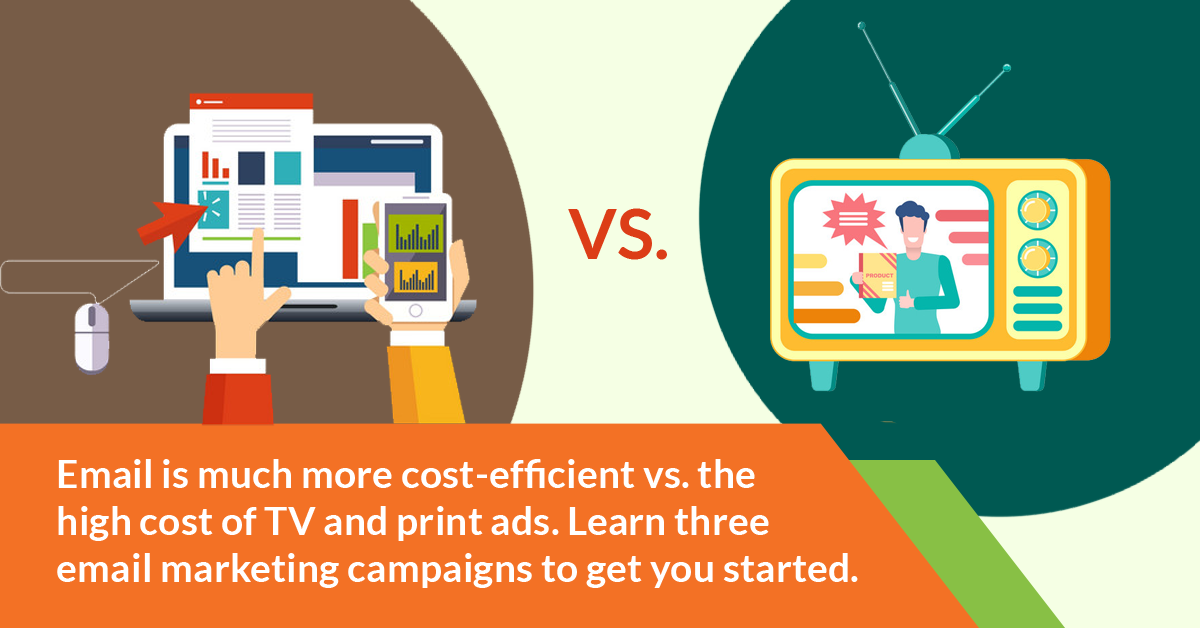
The rise of email has made marketing so much more advanced than what it used to be.
No longer do businesses solely have to rely on advertising in print, on TV, and on the radio; now, companies can promote directly to their target market by sending information straight to their email inboxes.
Email is much more cost-efficient as well; the miniscule cost of sending out an email versus the high costs of TV and print advertisements makes email marketing much more accessible to small businesses.
However, email marketing isn’t as simple as just pressing “send”.
In order to maximize effectiveness and build a much broader customer base, businesses create marketing campaigns and target them toward specific groups of people.
If you are a small business owner looking to grow your business and expand your profit margin, look no further than an email marketing campaign – and here are three to get you started.
- The Gain/Logic/Fear Campaign
This campaign is targeted towards potential customers who have opted to receive information about your services but who have not followed through by purchasing your initial offer.
These customers seem interested, but just need a bit of convincing.
Thus, the campaign consists of three emails that follow a clearly-set path: Gain, Logic, and Fear. The first email establishes that the customer showed interest, but needs to follow through; it emphasizes the gains of doing so.
The second email reminds the customer of all of the logical reasons to purchase from the company, including lower prices and better benefits.
Finally, the “fear” email tells the customer that it’s his or her last chance to purchase, and instills the fear of losing out on a great deal.
- The 5 Email Responder
The central idea behind this campaign is that it consists of a series of emails that each serve a specific purpose.
Each email isn’t sent to each subscriber over and over; instead, a carefully-planned sequence of emails is sent automatically. The advantage of this is that your business can more closely target each individual customer, while saving time and money by not sending wasteful emails.
The five steps of this sequence include Indoctrination, Engagement, Ascension, Segmentation, and Re-engagement.
- The Win Back Campaign
This campaign is meant to “win back” customers who have stopped reading the emails that are sent to them, and have become disengaged from the company. This can be done in many different ways, but the driving idea behind this is to re-engage the customers and entice them to come back to the company.
Recommended Reading: The Tri-Force of Web Traffic Part 1: A Golden Email Strategy
